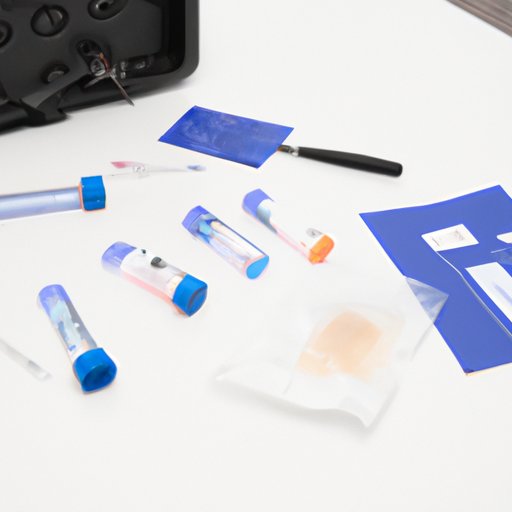An Overview of Chromatography in Forensic Science
Chromatography is a technique used to separate and analyze mixtures of substances. It has become an important tool for forensic scientists and is used in a variety of applications, from analyzing drug samples to isolating DNA. In this article, we will explore what chromatography is, how it is used in forensics, and its impact on crime scene investigations.
At its most basic level, chromatography is a process that involves passing a sample through a stationary phase and a mobile phase. The components of the mixture are then separated based on their physical and chemical properties. This allows forensic scientists to identify unknown substances or detect trace evidence that may be present at a crime scene.
History of Chromatography
The first use of chromatography dates back to the early 19th century when chemist Mikhail Tswett experimented with using plant pigments to separate different colors. Since then, chromatography has come a long way and is now used in a variety of scientific fields, including forensic science.
In the 1950s, forensic scientists began to use chromatography to identify unknown substances. By the 1960s, it had become an integral part of forensic investigations and is still widely used today.
How Chromatography is Used in Forensics
Chromatography is used in many aspects of forensic science, from identifying unknown substances to detecting trace evidence. It can also be used to eliminate false leads, as it can quickly and accurately determine which substances are present at a crime scene.
Forensic scientists often use gas chromatography or high performance liquid chromatography to analyze drug samples, isolate DNA, and detect poisons. These techniques allow them to quickly and accurately identify unknown substances, which can help solve crimes.
Exploring the Benefits of Chromatography in Forensic Investigations
Chromatography offers several advantages over traditional methods of forensic analysis. Here are some of the key benefits of using chromatography in forensic investigations:
Accuracy of Results
Chromatography provides highly accurate results, making it ideal for forensic investigations. Studies have shown that chromatography is more accurate than traditional methods of forensic analysis, such as microscopy and spectroscopy.1
Speed of Analysis
Chromatography is much faster than traditional methods of forensic analysis, allowing forensic scientists to quickly identify unknown substances or detect trace evidence. This can be invaluable in helping to solve crimes.
Cost-Effectiveness
Chromatography is also much more cost-effective than traditional methods of forensic analysis. This makes it an attractive option for law enforcement agencies that are working on a tight budget.
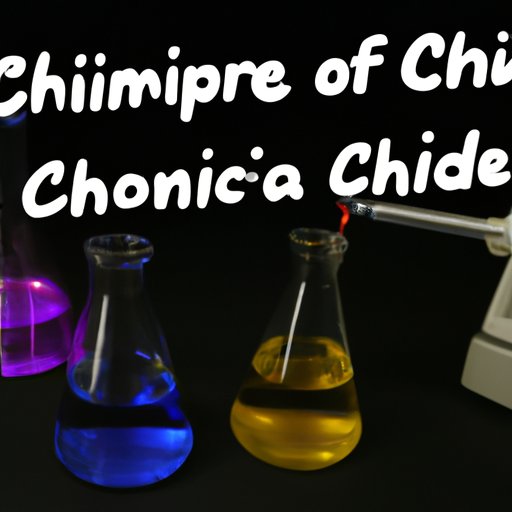
How Chromatography Can Help Solve Crimes
Chromatography is an invaluable tool for forensic scientists, as it can help them identify unknown substances and detect trace evidence. This can be invaluable in helping to solve crimes.
Identification of Unknown Substances
Chromatography can be used to identify unknown substances, such as drugs or poisons. This can be beneficial in helping to narrow down suspects or establish links between suspects and victims.
Detection of Trace Evidence
Chromatography can also be used to detect trace evidence, such as fingerprints or fibers. This can be useful in helping to establish links between suspects and victims or in eliminating false leads.
Elimination of False Leads
Chromatography can be used to eliminate false leads. For example, if a suspect’s clothing contains traces of a certain substance, chromatography can be used to determine whether the substance was actually present at the crime scene or if it came from somewhere else.
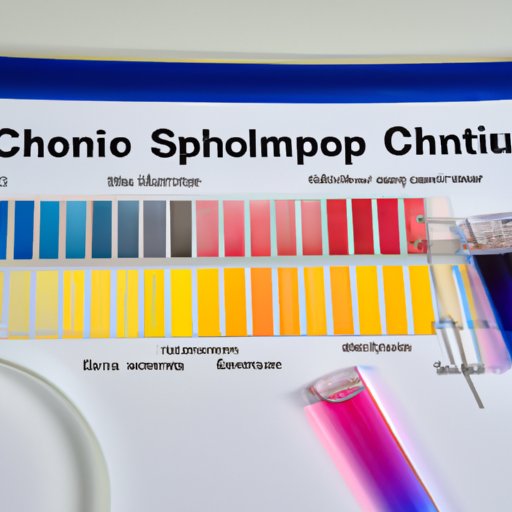
A Closer Look at the Types of Chromatography Used by Forensics
There are several different types of chromatography used by forensic scientists, each with its own advantages and disadvantages. Here is a closer look at the types of chromatography used by forensics:
Gas Chromatography
Gas chromatography (GC) is a type of chromatography that uses a gas as the mobile phase. It is often used to analyze volatile substances, such as drugs or poisons. GC is fast and efficient and can provide accurate results.
Thin Layer Chromatography
Thin layer chromatography (TLC) is a type of chromatography that uses a thin layer of adsorbent material as the stationary phase. It is often used to analyze non-volatile substances, such as dyes or food additives. TLC is relatively inexpensive and can provide accurate results.
High Performance Liquid Chromatography
High performance liquid chromatography (HPLC) is a type of chromatography that uses a liquid as the mobile phase. It is often used to analyze complex mixtures, such as drugs or explosives. HPLC is very accurate and can provide detailed results.
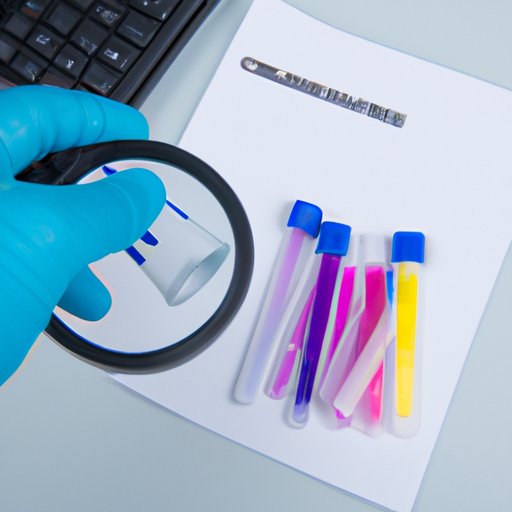
Examining the Role of Chromatography in Forensic Evidence Analysis
Chromatography is an important tool for forensic scientists, as it can be used to analyze drug samples, isolate DNA, and detect poisons. Here is a closer look at how chromatography is used in forensic evidence analysis:
Analyzing Drug Samples
Chromatography can be used to analyze drug samples, such as blood or urine. This can be helpful in determining the presence of illegal substances or determining if a suspect was under the influence of drugs at the time of the crime.
Isolating DNA
Chromatography can also be used to isolate DNA from a crime scene. This can be helpful in establishing links between suspects and victims or in eliminating false leads.
Detecting Poison
Chromatography can be used to detect poisons, such as arsenic or cyanide. This can be beneficial in helping to determine the cause of death or in linking suspects to victims.
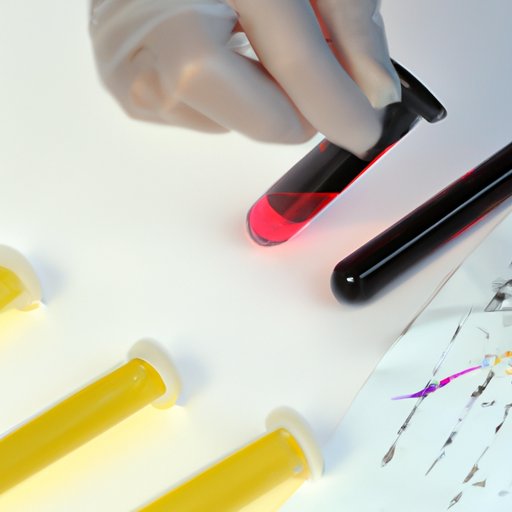
Investigating the Impact of Chromatography on Crime Scene Investigations
Chromatography is an invaluable tool for forensic scientists, as it can help enhance the efficiency of crime scene investigations. Here is a closer look at how chromatography can impact crime scene investigations:
Enhancing the Efficiency of Investigations
Chromatography can help speed up the process of crime scene investigations by quickly and accurately identifying unknown substances or detecting trace evidence. This can help investigators focus their efforts on the most promising leads.
Improving the Quality of Evidence Collected
Chromatography can also help improve the quality of evidence collected at a crime scene. By quickly and accurately identifying unknown substances, chromatography can help ensure that only relevant evidence is collected and analyzed.
Establishing Links between Suspects and Victims
Finally, chromatography can be used to establish links between suspects and victims. By analyzing drug samples or isolating DNA, chromatography can help investigators determine if a suspect was at a crime scene or had contact with a victim.
Conclusion
Chromatography is an invaluable tool for forensic scientists, as it can quickly and accurately identify unknown substances and detect trace evidence. It can also help speed up the process of crime scene investigations and improve the quality of evidence collected. From analyzing drug samples to isolating DNA, chromatography plays an important role in helping to solve crimes.
(Note: Is this article not meeting your expectations? Do you have knowledge or insights to share? Unlock new opportunities and expand your reach by joining our authors team. Click Registration to join us and share your expertise with our readers.)
